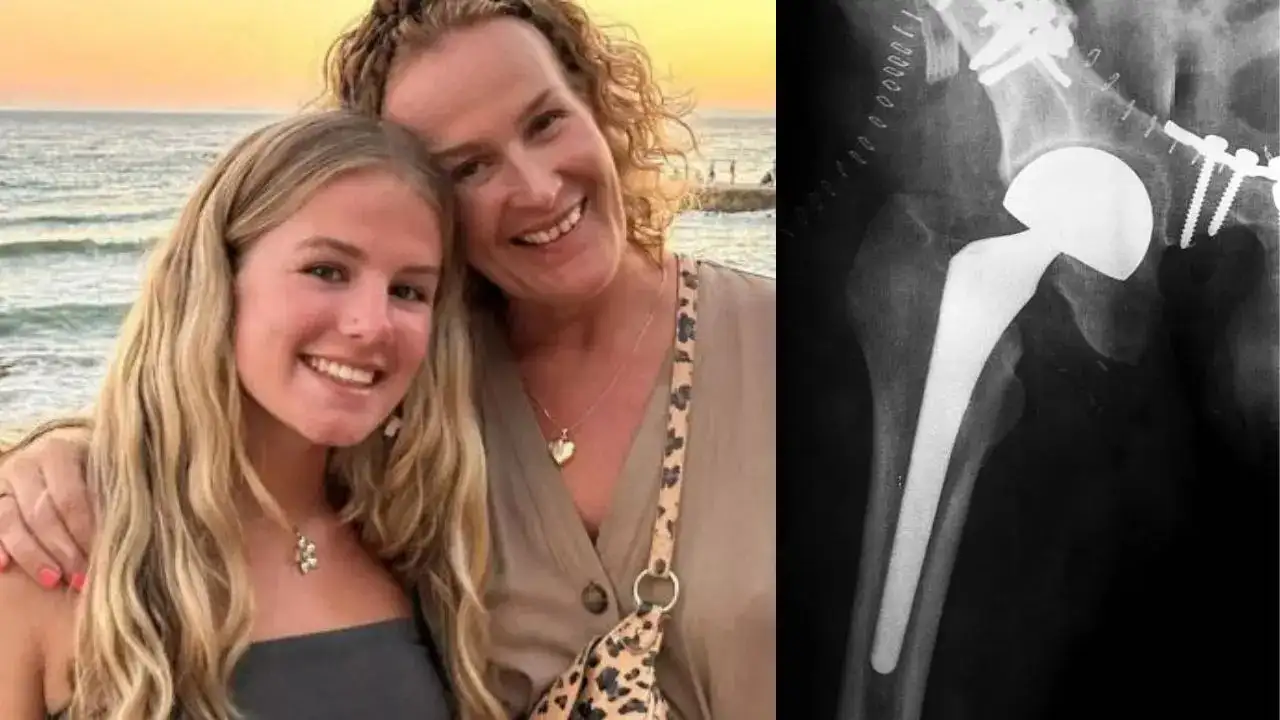
Initially, Immy and her parents called it 'clutch leg', a common discomfort from using the clutch pedal too much (Pic: SWNS/iStock)
A 20-year-old student learning to drive practiced applying the clutch so much that she thought a shooting pain in her left leg and knee was due to overworking the muscles. However, Immy was left stunned when she was diagnosed with a rare tumour due to bone cancer. According to Immy—a student of English at the University of Bristol - she had been suffering from pain and discomfort shortly after she started her driving lessons, which slowly kept on increasing.
Initially, Immy and her parents called it "clutch leg"—a common discomfort from using the clutch pedal too much. th pain began to ease off and come again in episodes. And so, when it once became too much to bear, Immy went to the emergency services, where she was injected with painkillers.
Later on, she also tried taking physiotherapy for her condition, which also did not work, prompting her to get an MRI scan, which revealed the shocking truth - a 10-cm-long tumour - the size of a grapefruit, in her femur. Doctors then diagnosed her with Ewing sarcoma - a rare and aggressive bone cancer. She then immediately began a gruelling regimen of 14 rounds of chemotherapy every two weeks, which reduced the tumour significantly.
Later, Immy also underwent surgery for a hip and femur replacement for a prosthetic. Now undergoing regular physiotherapy, Immy is cancer-free and has returned to her studies.
What is Ewing sarcoma?
Ewing sarcoma is a type of bone or soft tissue cancer that primarily occurs in children and young adults. Often found in the long bones in the body, symptoms include pain, swelling, and fever.
While Ewing sarcoma can develop anywhere, in any bone, doctors say it is most often found in the hip bones, ribs, or long bones like the femur, tibia (shinbone), or humerus (upper arm bone). It also involves the muscle and the soft tissues around the tumour as well. Ewing sarcoma cells can also spread to other areas of the body, including the bone marrow, lungs, kidneys, heart, adrenal glands, and other soft tissues.
Ewing sarcoma gets its name from Dr. James Ewing, the doctor who first described the tumour in the 1920s.
What causes Ewing sarcoma?
According to experts, even though the exact cause of Ewing sarcoma is not fully understood, studies have discovered chromosomal changes in a cell's DNA that can lead to the formation of this rare cancer. These changes are not inherited but develop in children for no apparent reason after they are born.
In most cases, the changes involve the fusing of genetic material between chromosomes 11 and 22. When a certain piece of chromosome 11 is placed next to the EWS gene on chromosome 22, the EWS gene gets "switched on." This activation leads to an overgrowth of the cells and eventually the development of cancer.
Signs and symptoms of Ewing sarcoma
Patients with Ewing sarcoma may experience symptoms like:
- Pain around the site of the tumour
- Swelling or redness around the site of the tumour
- Fever
- Weight loss and decreased appetite
-
Fatigue and tiredness
- Paralysis or incontinence
- Numbness, tingling, or paralysis due to nerve compression from the tumour
While the symptoms of Ewing sarcoma may resemble other medical conditions or problems. Always consult your doctor for a diagnosis.
Get Latest News Live on Times Now along with Breaking News and Top Headlines from Health and around the world.
